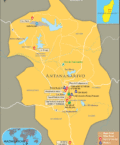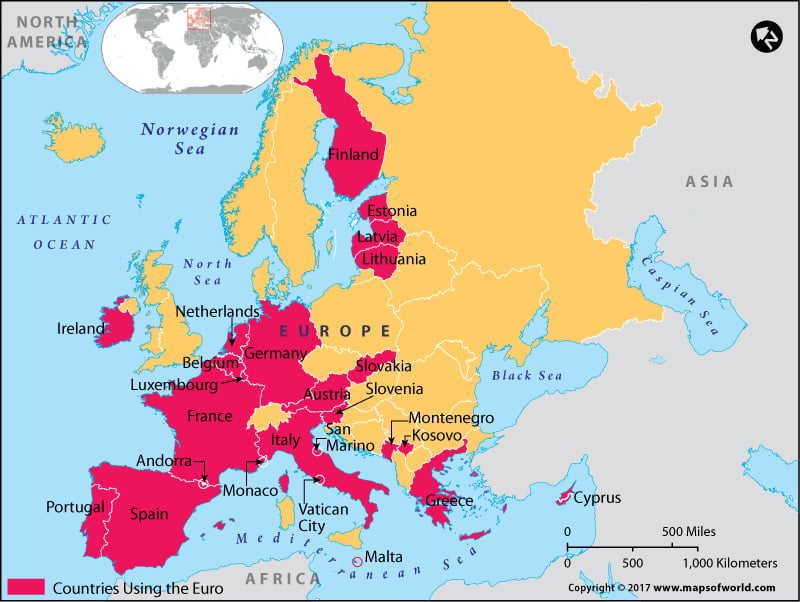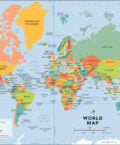Guyana economy has experienced a growth. After the country achieved its independence from UK in 1966 its economic state was below standard. But over the years Guyana has been able to build up a strong economy that underwent a consistent growth and development in recent years.
During 2001 and 2002 Guyana's economy experienced a moderate growth. This was due to developments in the agricultural and mining sectors, a suitable atmosphere for growth in business sector, a more tangible exchange rate, low inflation and the support of international organizations. These factors ensured a growth in the economy of Guyana.
Guyanese economy though is developing at an increasing rate has several backdraws. It is suffering from persisting problems like deficit of skilled labor and a weak infrastructure. Guyana economy is burdened with a substantial external debt. At the same time there is the immediate requirement for expansion of public investment.
The $400 million debt with the Inter-American Development Bank was canceled by the bank in 2006. Restructuring and partial privatization of the bauxite mining sector would lead to its development in the near future. High rates of energy has caused a rise in the imports of Guyana and revenues earned from export of agricultural products and minerals have been decreasing. Guyana's stepping into Caricom Single market and Economy in January 2006 brought positive changes in the export scenario of Guyana especially in the raw material sector.
The GDP of Guyana is $3.711 billion. The rate of growth of GDP is 4.5% and rate of inflation is 6%. rate of unemployment 9.1%. The currency is Guyanese dollars. Agricultural products include sugarcane, rice, wheat, vegetable oils, etc. Industries of Guyana are bauxite, sugar, textiles, gold mining etc.
For more information log on to
South America Map
- South America Physical Map
- South America Blank Map
- South America Time Zone Map
- South America Mineral Map
- Map of South America Power Stations
- Map of South America Oil and Gas Network
- South America Energy Resources
- Map of South America Industrial Centers
- Map of South America Service Centers
- Map of South America Metal Processing Centers
- South America Latitude and Longitude
- Map of South America Ski Resort
- Download Free South America Map
- Map of South America in French
- Where is South America
About South America
- Infographic on South America Facts
- Facts about South America
- South American Culture
- South American Art
- South American Countries Flags
- Honeymoon Destinations in South America
- History of South America
- South America Geography
- Population of South America
- South America Economy
- Universities in South America
- South American Music
- South American People
- Places to Visit in South America
- South America Sports
- South America Information
- Ski Resorts in South America
- South America Geography
- South America Climate
- South American Capitals
- South American Rainforest
- South American Rivers
- South American Animals
- Mountains in South America
- South American Independence
- South American Revolution




